50+ SAMPLE Price Proposal
-
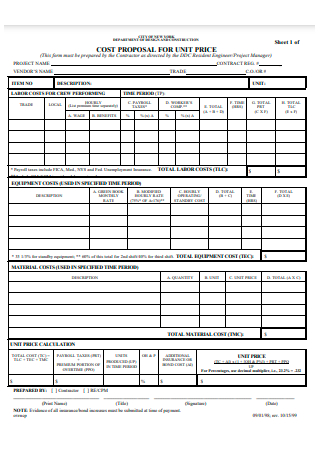
Cost Price Unit Proposal
download now -
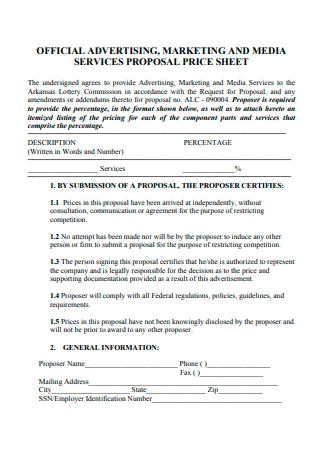
Marketing and Media Services Proposal Price Sheet
download now -
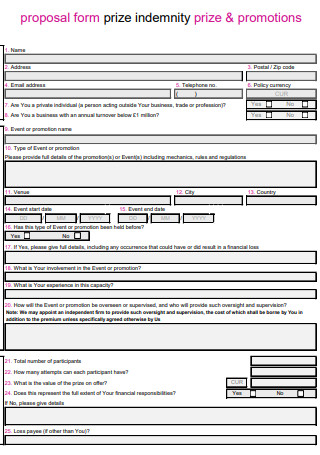
Price And Promotion Proposal
download now -
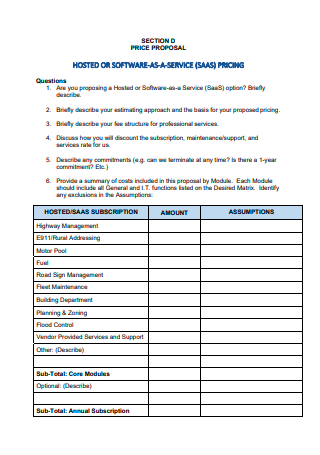
SAAS Price Proposal
download now -
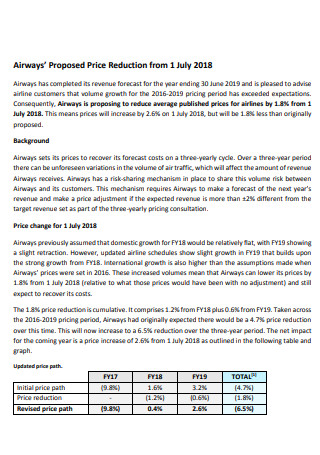
Airways Price Reduction Proposal
download now -

Event Contract Price Proposal
download now -
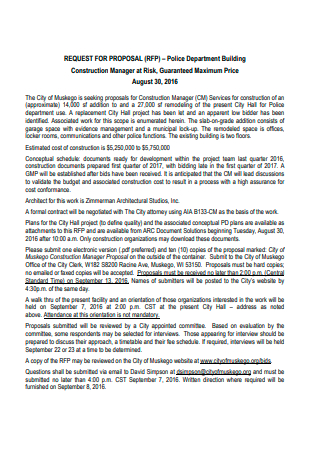
Construction Maximum Price Proposal
download now -
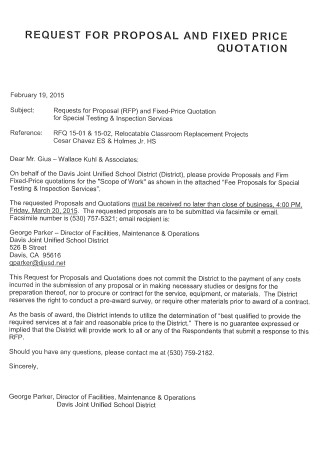
Fixed Price Quote Proposal
download now -
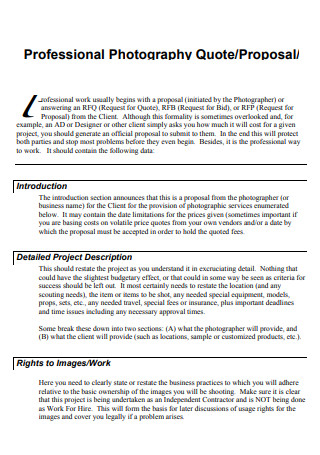
Photography Price Proposal
download now -
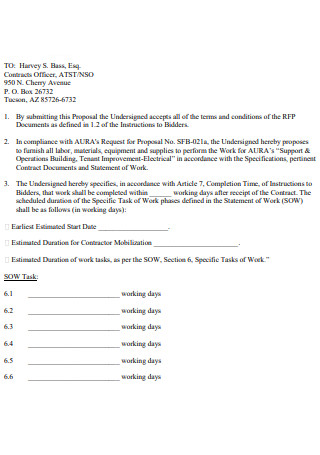
Bidder Price Proposal
download now -
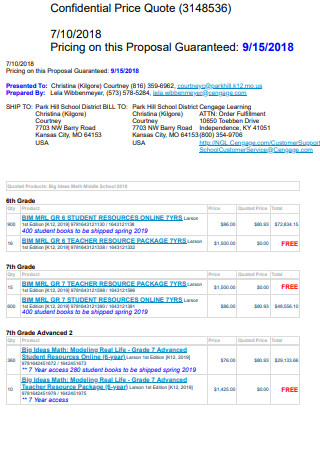
Price Quote Proposal
download now -
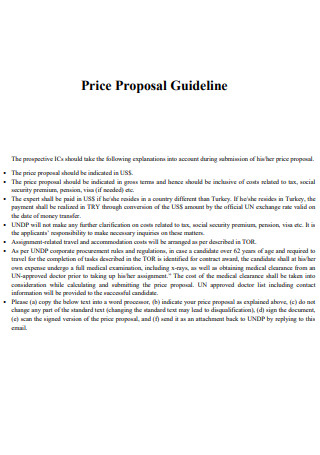
Price Proposal Guideline
download now -
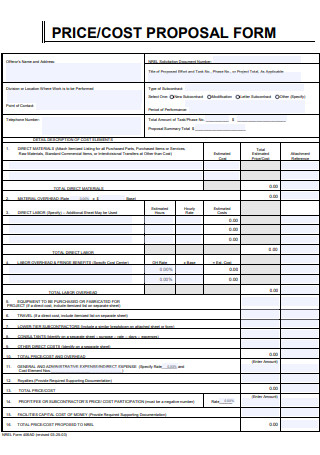
Price Proposal Form
download now -
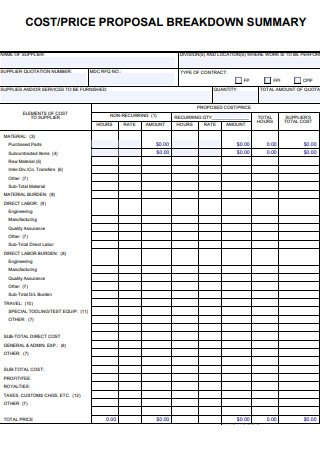
Price Proposal Breakdown Summary
download now -

Price Proposal
download now -
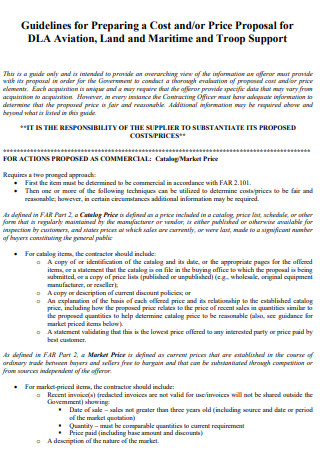
Price Proposal for Aviation
download now -
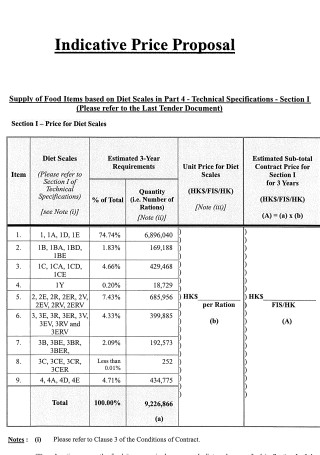
Indicative Price Proposal
download now -

Price Proposal For Hourly Rate Rate
download now -
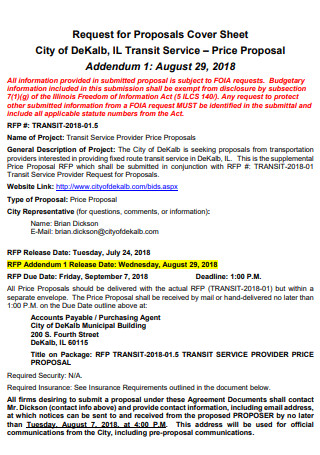
Price Proposal Addendum
download now -

Contractor’s Price Proposal Summary
download now -
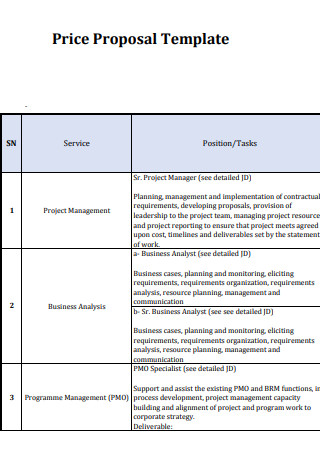
Price Proposal Template
download now -
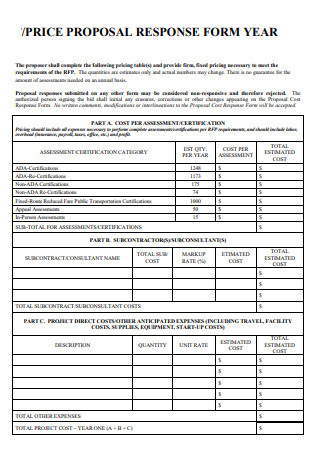
Price Proposal Response Year
download now -
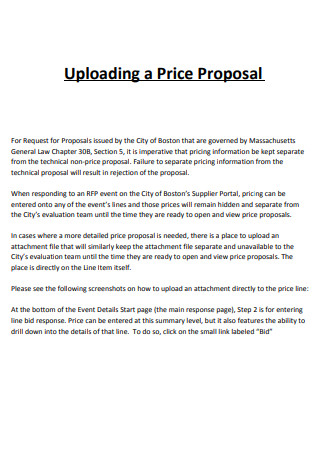
Uploading Price Proposal
download now -
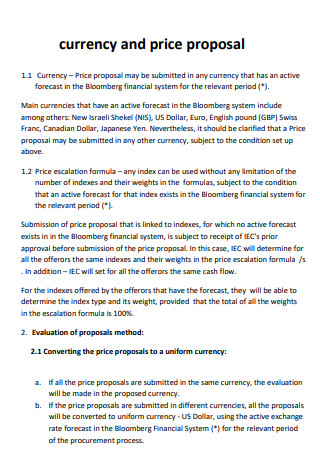
Currency and Price Proposal
download now -
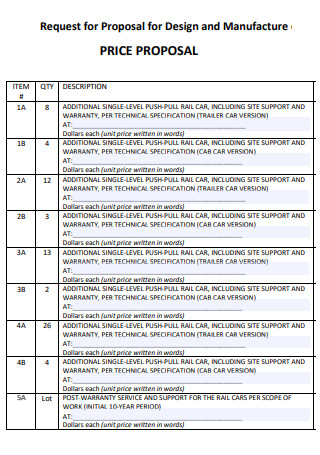
Design and Manufacture Price Proposal
download now -
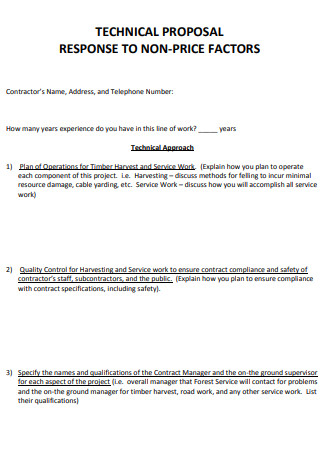
Non-Price Technical Proposal
download now -
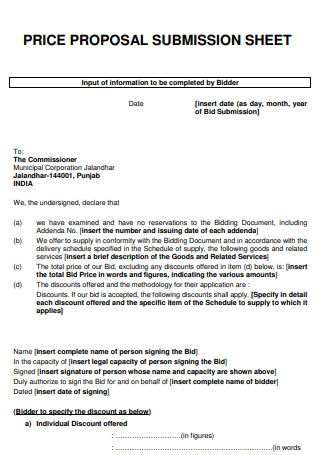
Price Proposal Submission Sheet
download now -
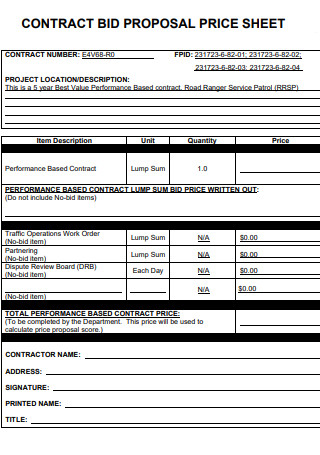
Price Proposal Bid Sheet
download now -

Alternate Price Proposal
download now -
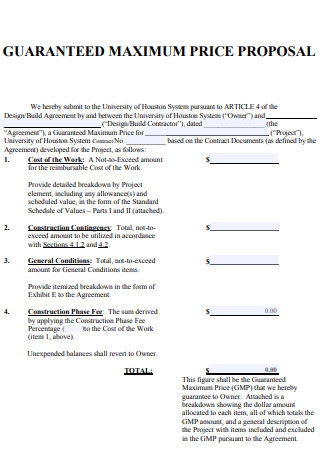
Maximum Price Proposal
download now -
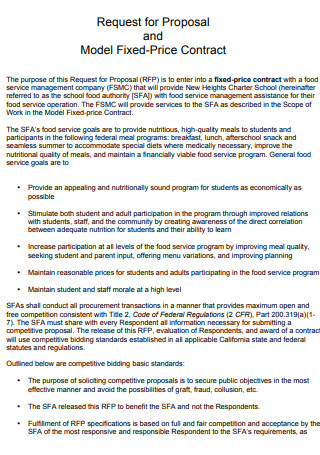
Model Fixed Price Contract Proposal
download now -
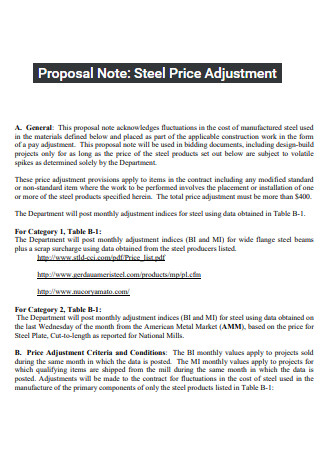
Steel Price Proposal
download now -
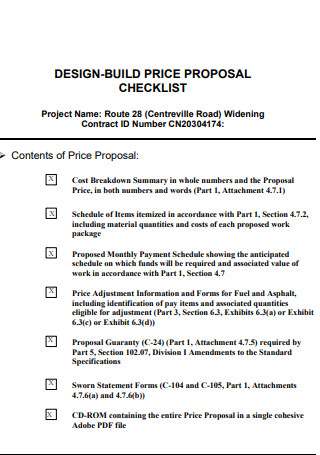
Price Proposal Checklist
download now -

Sealed Price Proposal
download now -
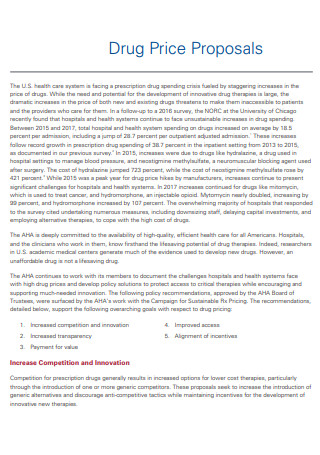
Drug Price Proposal
download now -
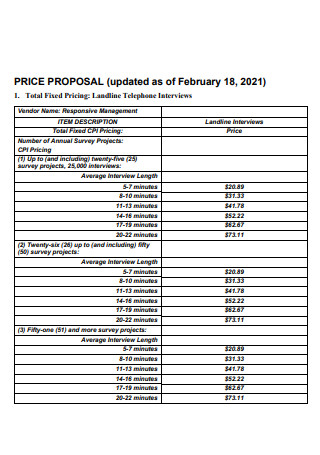
Fixed Price Proposal
download now -

Price Growth Proposal
download now -
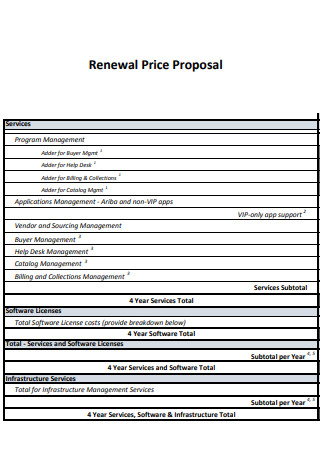
Renewal Price Proposal
download now -
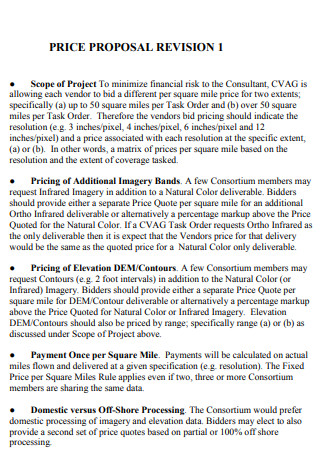
Price Proposal Revision
download now -
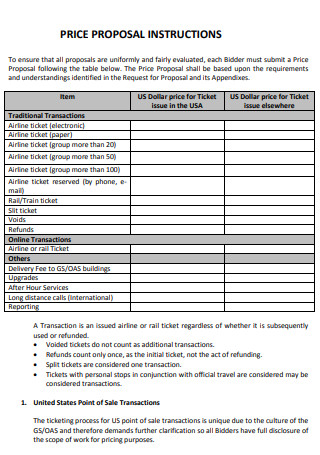
Price Proposal Instruction
download now -

Coupling Algorithm Price Proposal
download now -
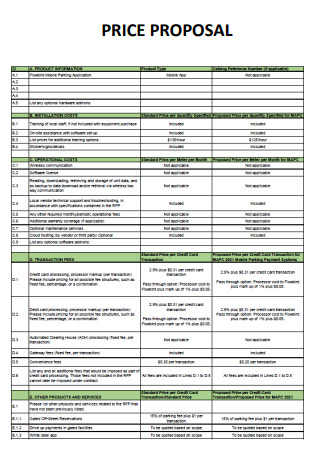
Simple Price Proposal
download now -
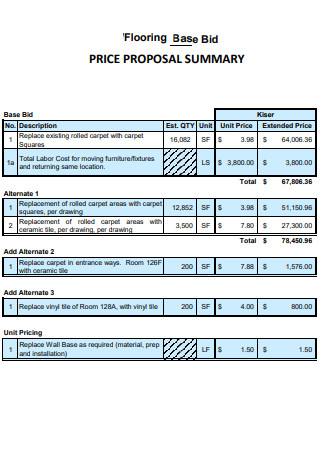
Flooring Price Proposal
download now -

Sales Price Test Proposal
download now -
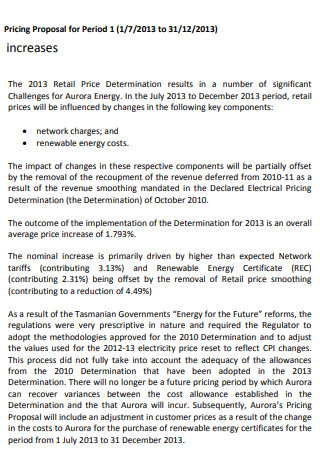
Price Increase Proposal
download now -
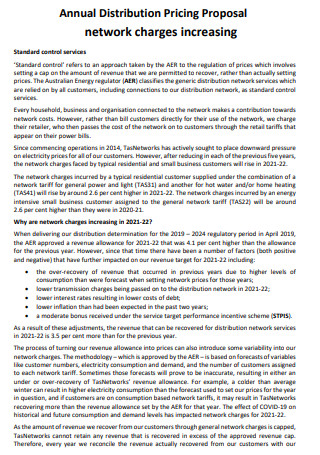
Network Price Proposal
download now -
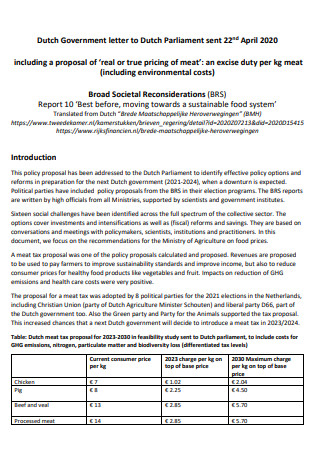
Meat Price Proposal
download now -
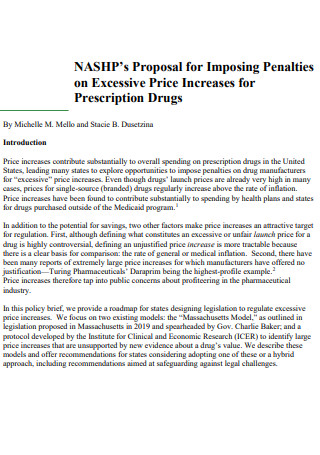
Excessive Price Proposal
download now -
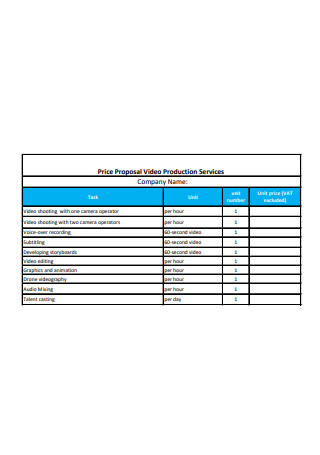
Video Price Proposal
download now -
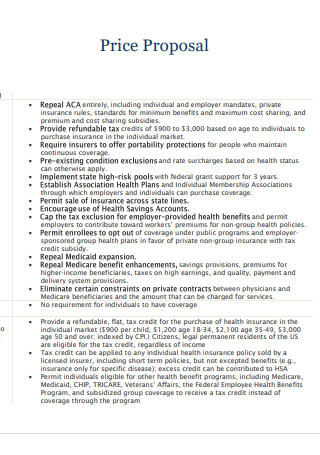
Basic Price Proposal
download now -
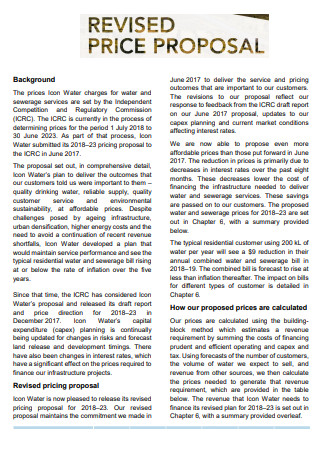
Revised Price Proposal
download now
What Is a Price Proposal?
A price proposal is a document that indicates the preliminary bid of a contractor for a project, plan, or program for a client. The document identifies a price that a contractor charges a customer after the calculation of possible costs through a cost analysis that they will incur after the completion of the project. Remember that a price proposal is not a price estimation. A price proposal is a comprehensive document that contains accurate price quotes for the raw materials, labor costs, tax additions, and other general overhead costs. The price proposal also indicates the markup proposal from the contractor that they pass to clients similar to possible competitors vying for a similar project. The document must be thorough and complete, covering all probable expenses that emerge during the implementation of the project leading to its completion. There must be a proportion between customer satisfaction and value and the financial feasibility of the contractor. A contractor writing the price proposal can showcase that each price in the proposal is valuable and relevant to the needs of the client.
According to the statistical data from IBISWorld under the industry statistics of the United States focusing on the construction industry in the US regarding the number of businesses from 2003 to 2027, there are over 3.7 million construction businesses in the United States in 2022, with a growth increase of 3.3 percent from 2021.
Different Pricing Strategies for a Price Proposal
Pricing strategies rely on how a contractor presents the prices to a client. In writing a price proposal, it matters. The purpose of writing the price proposal is to win over a client and persuade them to hire the company or the contract for the future project. Pricing is a challenging task, and it requires a lot of market research. Applying various pricing strategies can help a contractor to find a suitable pricing method for clients. Below are examples of pricing strategies and their descriptions.
How To Devise a Price Proposal
Writing and developing a price proposal is challenging since it focuses on monetary values. There are different ways to get a client to sign your pricing proposal. For starters, the content of the proposal must be in line with the expectations of a customer. It must also show accuracy to the project and service requirements and give clients flexible choices. Below are valuable tips when writing a price proposal.
-
1. Propose a Discovery Session with the Client
The first time that you present the pricing proposal to a client must not be the first moment of interaction. It is necessary to have a discovery session with them to lessen misunderstandings when you present them with fee tables or the project completion plan. A discovery session is a procedure that a company performs to gather essential information about the client, their business profile, current challenges, and the solutions they want to see. Having this background helps a contractor plan the features of functionality, interfaces, and designs. Once the client agrees to the development plan, there is a more accurate pricing estimate, managing customer expectations. The session also provides the client with a better understanding of the delivery value of the contractor with minimal focus on the price tags associated with the offered materials and services.
-
2. Involve the Team in the Project Quoting
Before a contractor finalizes the commitment of deliverables, project timeline, and budget plan, it is best to have a consultation meeting with all the team members handling the project. These individuals are experts at their craft, and their inputs are valuable to guarantee that the proposal follows a SMART goal-setting process. There are instances that the team has contributions or suggestions, whether to simplify or complicate the project, that need an immediate response. The team meeting helps to identify and address these before passing the final proposal.
-
3. Present a Benefit or a Solution
The purpose of price proposals is to communicate prices but not the value. To make the proposal more appealing to clients, present benefits and solutions the company seeks to accomplish. The proposal in itself must convey the value, expertise, time, and competency of the team working on the project. In doing so, the document becomes more attractive to the clients instead of a price sheet.
-
4. Offer Multiple Options or Packages to the Price
If a contractor writes a single pricing option for a client in the proposal, it puts them in an uncomfortable situation. However, if a contractor offers multiple options to a client through a tiered pricing method, there is a higher probability of working together. Potential customers have more power and flexibility to select the best plan for their project. For the method to work, each package must be on value-based pricing. To be very obvious, clients prefer it if they have different choices. Stick between two to three options for your client. Any more than that can make the client feel overwhelmed.
FAQs
What is a firm price proposal?
A firm price proposal is also known as a fixed price proposal. The document promises that a contractor or company can complete a project for a set price. It also determines all construction costs. It is also called a construction bid or lump sum proposal.
How do you write a proposal email?
In the proposal email that you send to your prospect clients, make sure to include the buyer persona, a needs analysis, project objectives, project timeline, scope of the proposal, and potential costs. The email itself must be easily comprehensible with a professional tone that answers all customer inquiries. It must also indicate the next steps or an action plan from the target audience.
What does FFP contract mean?
An FFP contract translates to a firm-fixed-price contract. This type of contract supplies a price that is not subject to any adjustments or modifications. The fee on the document stems from the contractor’s experience in conducting similar projects. It also puts all the corresponding responsibility and risk on the contractor for costs that come from loss.
Writing a price proposal for a client can be a daunting task. A contractor can identify client needs and problems and can produce concrete solutions, by having sufficient background and knowledge about the client and their company. From there, the contract can do their research regarding the materials, products, or services that they can offer the client. When creating the price proposal, give multiple options to potential consumers that can allow them to make better choices that suit their needs. Download the price proposal samples available in the article today and start making one for your organization.
